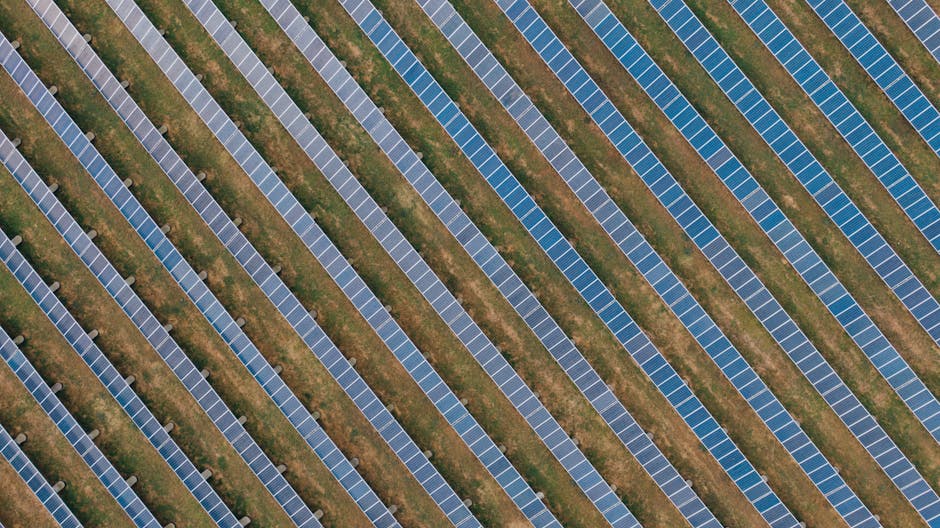175 Watt Flexible Solar Panel
In today’s world, where renewable energy is becoming increasingly important, solar panels are gaining popularity for their ability to harness the sun’s power. Among the various options available, the 175 Watt flexible solar panel stands out for its versatility and efficiency. This article will explore everything you need to know about 175 Watt flexible solar panels, including their benefits, applications, installation tips, and maintenance. Let’s dive in!
What is a 175 Watt Flexible Solar Panel?
A 175 Watt flexible solar panel is a lightweight and adaptable solar energy solution designed to convert sunlight into electricity. Unlike traditional rigid solar panels, flexible panels are made from thin-film technology, allowing them to bend and conform to various surfaces. This feature makes them ideal for a wide range of applications, from residential rooftops to mobile homes and boats.
Benefits of Using a 175 Watt Flexible Solar Panel
Choosing a 175 Watt flexible solar panel comes with numerous advantages. Here are some key benefits:
- Lightweight and Portable: Flexible solar panels are significantly lighter than traditional panels, making them easy to transport and install.
- Versatile Installation: Their ability to bend allows for installation on curved surfaces, such as RVs, boats, and irregular rooftops.
- Durability: Made from robust materials, these panels can withstand harsh weather conditions, including high winds and hail.
- Space Efficiency: Flexible panels can be installed in tight spaces where traditional panels may not fit.
- Easy Maintenance: With fewer components, flexible solar panels require less maintenance compared to their rigid counterparts.
Applications of 175 Watt Flexible Solar Panels
The versatility of 175 Watt flexible solar panels allows them to be used in various settings. Here are some common applications:
- Residential Use: Ideal for homeowners looking to supplement their energy needs without the bulk of traditional panels.
- Recreational Vehicles (RVs): Perfect for RV owners who want to enjoy off-grid living while traveling.
- Boats: Flexible panels can be easily installed on boats, providing power for navigation and appliances.
- Camping: Lightweight and portable, these panels are great for campers who need a reliable power source.
- Emergency Backup: They can serve as a backup power source during emergencies or power outages.
How to Install a 175 Watt Flexible Solar Panel
Installing a 175 Watt flexible solar panel is a straightforward process, but it requires careful planning. Here’s a step-by-step guide:
1. Gather Your Materials
Before you start, make sure you have the following materials:
- 175 Watt flexible solar panel
- Solar charge controller
- Battery (for energy storage)
- Wiring and connectors
- Mounting hardware (if needed)
- Tools (screwdriver, drill, etc.)
2. Choose the Installation Location
Select a location that receives maximum sunlight throughout the day. Ensure the surface is clean and free of debris for optimal adhesion.
3. Prepare the Surface
If you’re installing on a vehicle or boat, clean the surface thoroughly. For rooftops, ensure the area is dry and free from any obstructions.
4. Attach the Solar Panel
Use adhesive or mounting hardware to secure the flexible solar panel to the surface. Make sure it is firmly attached to prevent movement during windy conditions.
5. Connect the Wiring
Connect the solar panel to the solar charge controller using the appropriate wiring. Follow the manufacturer’s instructions for proper connections.
6. Connect to the Battery
Finally, connect the charge controller to the battery. This setup will allow you to store the energy generated by the solar panel for later use.
Maintenance Tips for 175 Watt Flexible Solar Panels
To ensure your flexible solar panel operates efficiently, regular maintenance is essential. Here are some tips:
- Regular Cleaning: Dust and debris can reduce efficiency. Clean the surface with a soft cloth and mild soap regularly.
- Inspect for Damage: Check for any signs of wear or damage, especially after severe weather. Address any issues promptly.
- Monitor Performance: Keep an eye on the energy output. If you notice a significant drop, it may indicate a problem.
- Check Connections: Ensure all wiring and connections are secure and free from corrosion.
Cost Considerations
When considering a 175 Watt flexible solar panel, it’s essential to evaluate the costs involved. Here are some factors to keep in mind:
- Initial Investment: The cost of the panel itself can vary based on brand and features. Generally, flexible panels are more expensive than traditional ones.
- Installation Costs: If you hire a professional for installation, factor in labor costs. DIY installation can save money but requires some technical knowledge.
- Long-Term Savings: While the initial cost may be higher, flexible solar panels can lead to significant savings on energy bills over time.
- Incentives and Rebates: Check for local or federal incentives that can help offset the cost of solar panel installation.
Environmental Impact
Using a 175 Watt flexible solar panel contributes positively to the environment. Here’s how:
- Reduction of Carbon Footprint: Solar energy is a clean, renewable resource that helps reduce reliance on fossil fuels.
- Less Waste: Flexible panels are often made from recyclable materials, minimizing waste in landfills.
- Encouragement of Sustainable Practices: By using solar energy, you promote a culture of sustainability and environmental responsibility.
Conclusion
The 175 Watt flexible solar panel is an excellent choice for anyone looking to harness solar energy efficiently and conveniently. Its lightweight design, versatility, and ease of installation make it suitable for various applications, from residential use to outdoor adventures. By understanding




